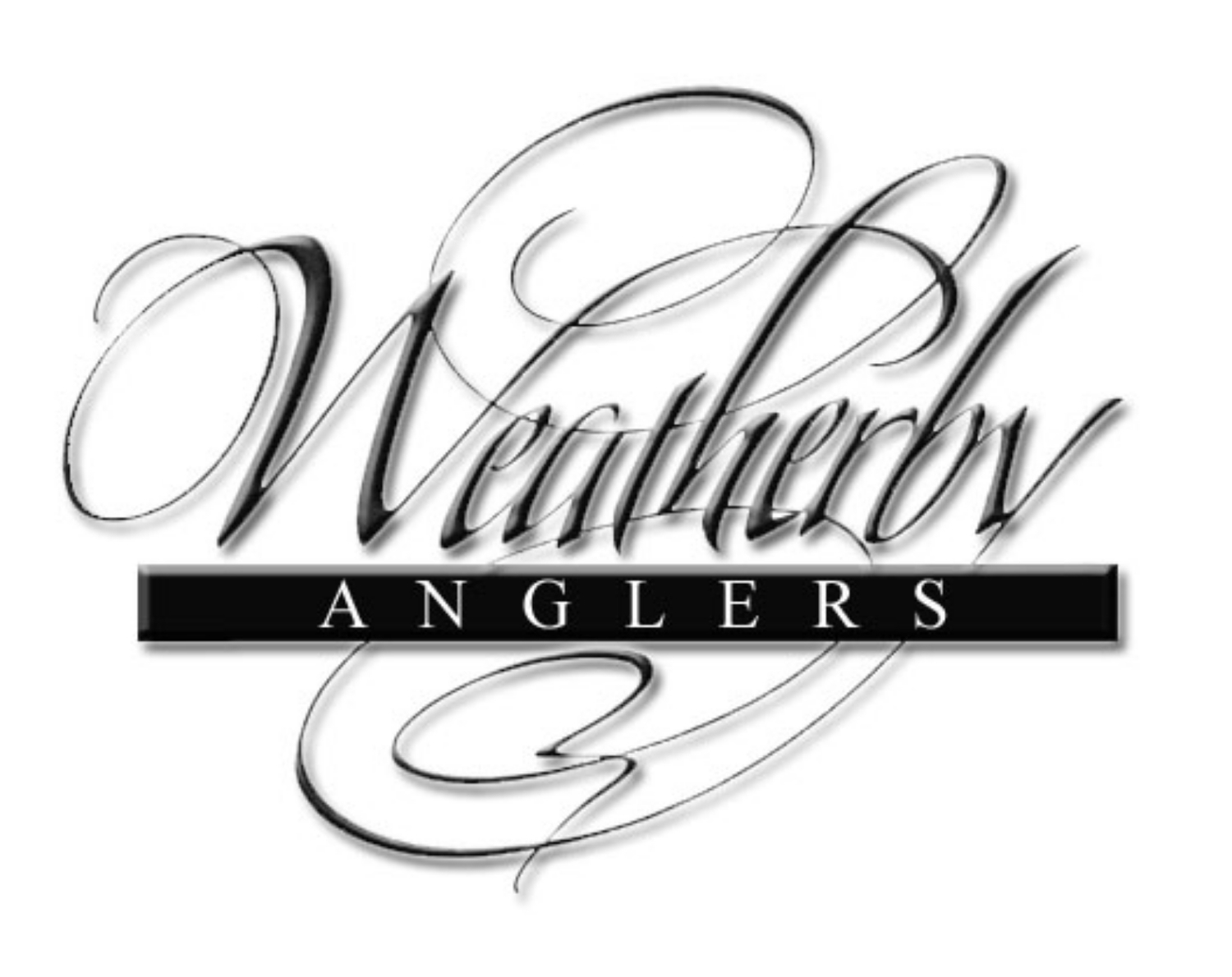The New England coast has spectacular, sometimes forgiving, sand flats where Striped Bass ambush sand eels and other baitfish. But a real favorite are the very productive rocky shorelines surrounded by their protective boulder fields. Through the years anglers who spend enough money on bottom paint and propeller repairs come to know these waters “very” personally.
My good friend, and mentor, Mike Kenfield and I had been fishing near a ten foot, dark, rock shaped like bird wings. The right wing points down towards to the hole whose name refers to a feeling- Sweetwater Hole. It's located on the western entrance of the Sakonnet River. This spot was consistent in producing nice size Striped Bass followed by, "Dude, this is some sweet water!"
The challenge is timing the cast so that your fly enters the feeding zone as the bait would- while standing on what feels like a rolling barrel. Note: Sweet water- anywhere associated with good food source and hungry fish.
We had hit a few spots hard, relentlessly casting, covering the water, for large Striped Bass, when one of the old timers came confidently flying into the area in his red classic fishing boat. No sooner had Mike stated the guy had fished here forever, and knew these waters like the back of his hand- and boom.
He squared up onto a submerged, object of unknown origin. Texting was still twenty years out so it wasn't that. Could have been there all these years? Maybe he was checking the morning Donut stash or focused on a spilled bucket of Eels. Either way he veered off his usual path. My respect for the areas challenges went up a few notches.
This unforgiving area becomes even more interesting in the fog. Knowing what rock belongs to what formation is critical. It's easy to get spun around in these areas and the fog demands an exhaustive sense of place. Fog is very tiring. Second Note: "Intuitive piloting" does not show up on the USCG Captain's exam. (Nor should it). Knowing the river as your back yard takes years of attention to details and someone willing to share their experience.
Anglers, like Harbor Pilots who can draw each shape of each rock, and others in near proximity, successfully navigate their way to the fish and safely home. True Boulder fields are relatively shallow areas which are covered with fish holding structure. Fighting Striped Bass in these areas can be exceptionally challenging. The drift of the boat is positively affected by a cushion of water flowing around, and over, the boulders. This moves the boat naturally through the obstacles with an occasional nudge.
The fly is placed on the feeding end of the fish, holding on the left side of the rock. Strip, strip, pause, strip and wham! A solid, sudden smash and your tight. I highly recommend a low rod angle as you set the hook. A knee jerk, high "Trout" hook set pulls the fly a few feet away from the fish.
The bigger the Striper the harder it is to set the hook. I've seen guys swear they drove home the 8/0 ultra sharp hook, only to feel it spit back at them as a prehistoric size fish they had the privilege to be momentarily connected to swims by. There is a respectful silence- as the Bass gracefully passes by us, off the boulder field, and into the depths.

